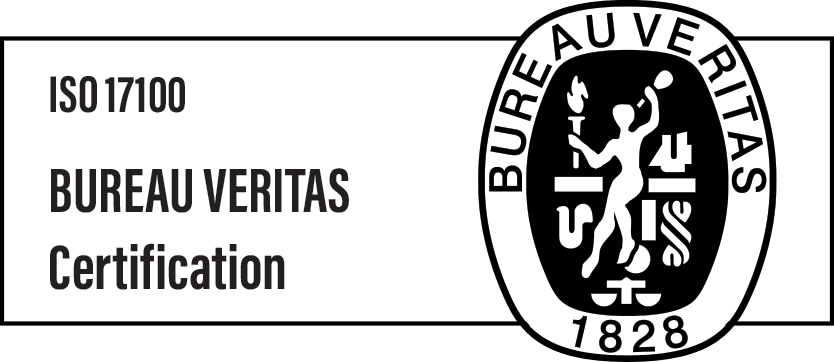Ensuring quality: our guide to translation quality management

Our guide to translation quality management
Translation quality is something that every single LSP claims to have, and every translation buyer wants to buy. It sounds super simple, doesn’t it! But there’s a lot more than meets the eye when it comes to translation quality management. So let’s take a look at ways to ensure you get those quality translations you’re after.
Work with your client/LSP
Our first translation quality management tip is all about partnership. In order to get great results, you need to have a great partnership. From a client’s perspective, be open with your LSP. Tell them about your goals and your aims for your translations so that they can factor that into their translation quality management system. Marketing materials have a slightly different process to technical documents, so letting them know what your documents are going to be used for will make the world of difference.
Partnership is a two-sided thing, which is why it’s just as important for LSPs to work with their clients. If you’re not sure about something, ask your client for clarification. They really won’t mind! Plus, it’ll show them you care, and lead to an increase in customer satisfaction rates!
Only go with someone who’s fully able to deliver
This one’s a bit difficult to measure as it often comes down to trust, but another major factor in translation quality management is going for someone who’s fully able to deliver. Rather than going for an LSP who claims to do everything, go for someone more specialised. The phrase “jack of all trades, master of none” couldn’t be closer to the truth when it comes to translations.
ISO
Have you noticed that there are a lot of ISO-certified translation agencies out there? Well, there’s a good reason for it! ISO 9001 and 17100 standards offer regulated translation quality management processes that an LSP has to follow. If they’re certified, it means that they really do follow these requirements so you can rest assured that their quality management systems are good.
Invest in creating a termbase/glossary
Terminology. It’s something that can make or break a translation. With so many different terms available for one simple (and sometimes not-so-simple!) thing, making sure that the translator uses the right synonym is paramount when it comes to ensuring a translation’s quality. That’s why if you’re looking to improve your quality management system, spending some time investing in a termbase and glossary is going to make the world of difference. Plus, if you don’t speak the language or have anyone in your company who can help, it’s normally a service that your LSP can provide to help you.
Use QA tools
QA tools are there for a reason. They’re brilliant at picking up inconsistencies and other small errors that are often nearly impossible to notice, because let’s face it, we’re all human. By using a QA tool like Xbench, Verifika, or one that’s integrated into your CAT tool, you’re going to be improving the quality of your translations straight away.
Integration
With an abundance of translation technology out there, using loads of different tools can complicate your translation quality management system. By integrating them all into one easy-to-use system, you’ll not only save on man-hours, but you’ll also have a lean system that’ll boost your translation quality like no other.
Short on time? Go for smart sampling!
Have you got a massive document that you really want to check? But you don’t have time to go through it all? By smart sampling parts of the text for QA, you’ll be able to check that the translation quality remains consistent all the way through, without having to spend time painstakingly checking every single word.
Have clear results
The most important part of a translation quality management system is having clear results. It’s no good following your gut feeling. Using something like LISA can help you standardise the way you check for quality. It’s also the fairest way of doing things as it means everyone on your team (freelancers and in-house alike) have to play by the same rules.
Special tips for Polish
Polish is a very complex language. And there are a few special ways that you can really improve the quality of your Polish translations through a good-quality translation quality management system. As Polish word order and syntax are very different to English and other world languages, the biggest mistake Polish translators make is that they sometimes follow the source too closely. The best way to avoid this is to make sure the translator proofreads their work a day or two after finishing their translation so that they’ve got a clear mind, completely free of the source text. Or, the best way of doing things (not because we’re biased and this is how we do things at Aploq, of course!) is having Polish proofreaders in-house. This way, they can perfect the texts before delivery.
Communicate!!
We’ve already mentioned communication and partnership above, but now we’re nearing the end of our article, we thought we’d mention it again. One of the biggest causes of translation quality issues is a lack of communication. There’s no need for misunderstandings, so make sure you’re all on the same page and working together. At the end of the day, both clients and LSPs have the same goal 🙂

